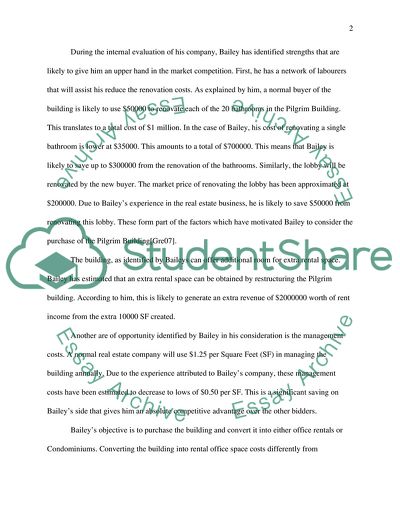Cite this document
(Real Estate Case Study Essay Example | Topics and Well Written Essays - 3000 words, n.d.)
Real Estate Case Study Essay Example | Topics and Well Written Essays - 3000 words. https://studentshare.org/finance-accounting/1828559-real-estate-case-study
Real Estate Case Study Essay Example | Topics and Well Written Essays - 3000 words. https://studentshare.org/finance-accounting/1828559-real-estate-case-study
(Real Estate Case Study Essay Example | Topics and Well Written Essays - 3000 Words)
Real Estate Case Study Essay Example | Topics and Well Written Essays - 3000 Words. https://studentshare.org/finance-accounting/1828559-real-estate-case-study.
Real Estate Case Study Essay Example | Topics and Well Written Essays - 3000 Words. https://studentshare.org/finance-accounting/1828559-real-estate-case-study.
“Real Estate Case Study Essay Example | Topics and Well Written Essays - 3000 Words”. https://studentshare.org/finance-accounting/1828559-real-estate-case-study.


